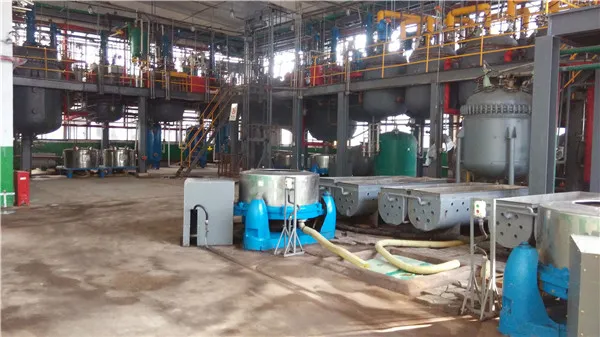Cyanide Removal from Wastewater Techniques and Importance
Cyanide, a highly toxic compound, is often a byproduct of various industrial processes, particularly in mining and electroplating. The presence of cyanide in wastewater poses significant environmental and health risks, making its removal imperative for sustainable industrial practices. Effective and efficient cyanide removal techniques are essential to protect ecosystems and public health.
Several methods have been developed for the treatment of cyanide-laden wastewater
. Among these, chemical oxidation, biological treatment, and adsorption are the most commonly employed techniques.Chemical Oxidation is one of the primary methods for cyanide removal. This process involves converting free cyanide into less harmful compounds through oxidation reactions. Chemicals such as hydrogen peroxide, sodium hypochlorite, and ozone are frequently used in this process. For example, the use of chlorine compounds can convert cyanide into nitrate, a much less toxic substance. However, the choice of oxidizing agent depends on various factors, including the concentration of cyanide and the specific nature of the wastewater.
Biological Treatment is another effective approach that utilizes microorganisms to biodegrade cyanide. Certain bacteria and fungi have the innate ability to metabolize cyanide, thus reducing its concentration. This method is advantageous due to its low cost and sustainability. However, the efficiency of biological treatment can be influenced by environmental conditions such as pH, temperature, and the presence of other toxic substances. Therefore, careful monitoring and control are required to optimize the biodegradation process.
cyanide removal from wastewater

Adsorption is a physical process where cyanide molecules adhere to the surface of adsorbents. Activated carbon, zeolites, and clay minerals are commonly used in this process. While adsorption can be cost-effective and simple to implement, it often requires subsequent treatment or regeneration of the adsorbent to maintain efficiency. This method is often used in conjunction with other treatment processes to ensure complete cyanide removal.
The effectiveness of these methods varies, and often a combination of techniques is required to achieve regulatory compliance. Moreover, the treatment process must be tailored to the specific characteristics of the wastewater, considering factors such as initial cyanide concentration, volume of wastewater, and presence of other contaminants.
Furthermore, the importance of cyanide removal extends beyond regulatory compliance. Effective treatment not only mitigates environmental risks but also enhances the sustainability of industrial operations, reducing potential liabilities and promoting a positive public image.
In conclusion, the removal of cyanide from wastewater is a critical challenge faced by industries today. By employing a combination of chemical, biological, and physical treatment techniques, industries can effectively minimize the harmful impacts of cyanide, promoting a safer and more sustainable environment.

